Air of Authority - A History of RAF Organisation
 |
Formed at Filton in the fighter role on 30 June 1916, the squadron took its Sopwith Pups to France in March 1917. Operating over the Western Front the squadron re-equipped with Camels in October 1917 and in November moved to Italy, where it remained until March 1919, when it returned to Leighterton, disbanding there on 25 October 1919. The squadron was reformed at Duxford from 'C' Flight of No 19 Squadron on 20 July 1936. It was equipped with Gauntlets but in November 1938, it became the second unit to receive Spitfires, the first having been its sister squadron at Duxford, No 19. Being in No 12 Group, the squadron flew defensive operations in the early days of the war but in May and June it covered the Dunkirk Evacuation. Based at Coltishall from the end of May, it eventually joined No 11 Group when it moved to Kenley in early September, Gravesend eight days later and West Malling in October, where it remained until February 1941. From here it began offensive operations over France. When it moved in February, it was to Exeter from where it carried out escort duties and coastal patrols. For the next two years it operated from a number of bases in the South-West and South-East but in February 1943 it moved north to the Orkneys. When it moved south again, the squadron joined the recently formed 2nd Tactical Air Force and prior to the Normandy landings, the squadron took on the fighter-bomber role. Within five days of the landings, the squadron was using advanced landing grounds in Normandy, returning to its UK base each evening, but in August it moved onto the continent as a unit. As the Allied armies advanced through France, and Belgium, the squadron followed close behind and by September it was operating from the Netherlands. In the later stages of the war, the squadron flew armed reconnaissance missions over Germany and the Netherlands, but on 30 April 1945 it was disbanded at Twente. The squadron reformed once again at Duxford on 1 September 1946 in the fighter role, equipped with Spitfires. These were replaced by Meteors in 1947 and in October 1949, the unit moved to Linton-on-Ouse re-equipping with Sabres in December 1953. From 11 February 1949 until 1 November 1953, the squadron was linked with No 111 Squadron. Hunters, initially F Mk 4s, arrived in March 1956 being replaced by F Mk 6s in October and these remained the squadron's main equipment until disbanding at Acklington, to where it had moved in February 1957, on 30 September 1960. The squadron's final incarnation began on 15 September 1961 when the Belvedere Trials Unit at Odiham was redesignated No 66 Squadron. In June 1962 it left the UK for Seletar in Singapore, where it provided heavy lift helicopter support for forces operating in Malaya, including operations from Kuching in Borneo, the squadron finally disbanded on 20 March 1969. |
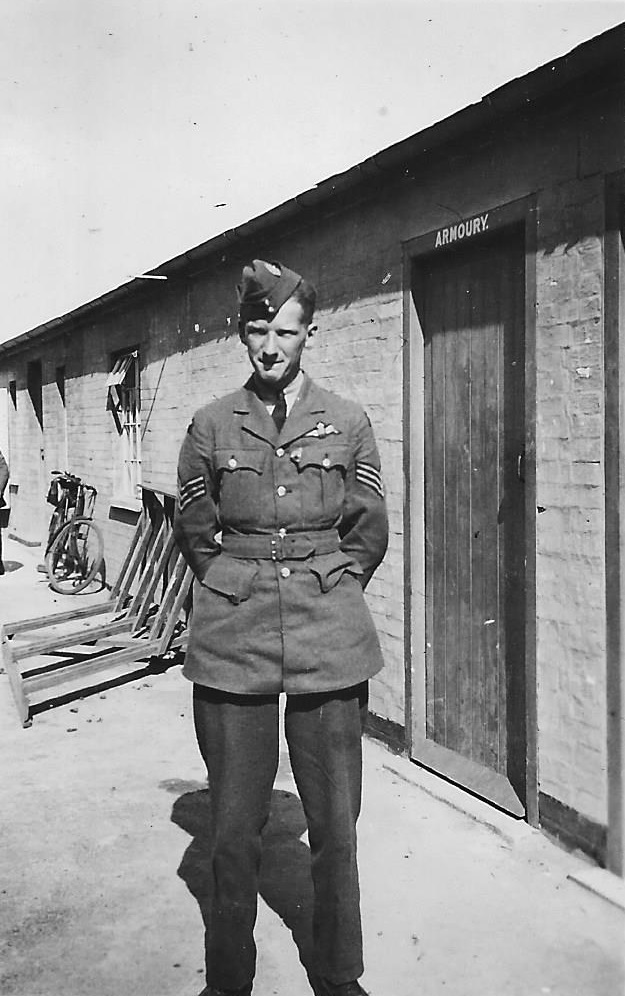 |
| Sgt pilot Roy Leslie Green (530175), RAF Duxford No 66 Sqn |
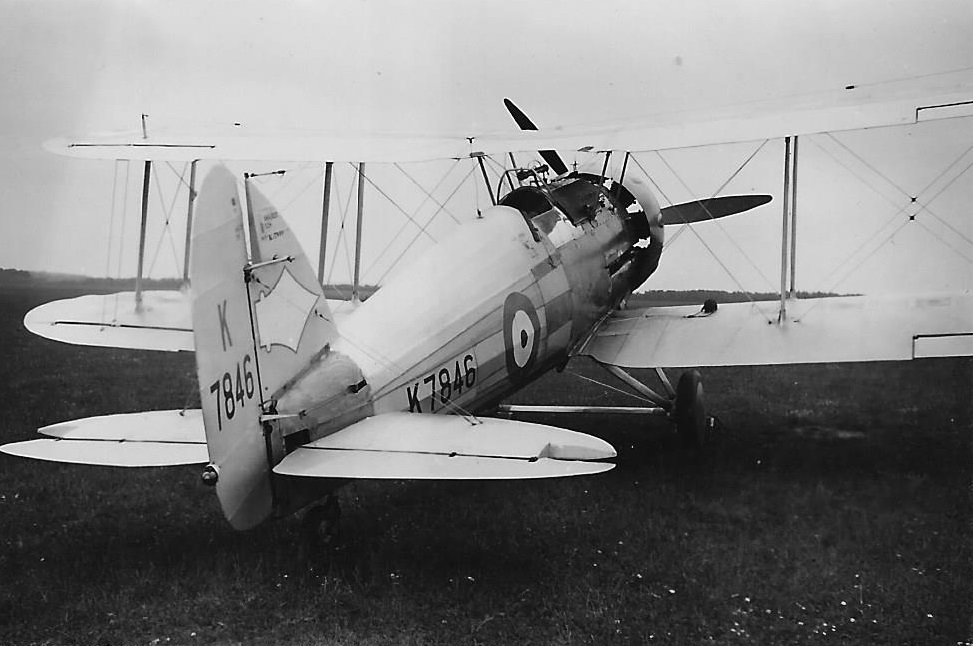 |
| Gloster Gauntlet II, K7846 of No 66 (F) Sqn 'B' Flt |
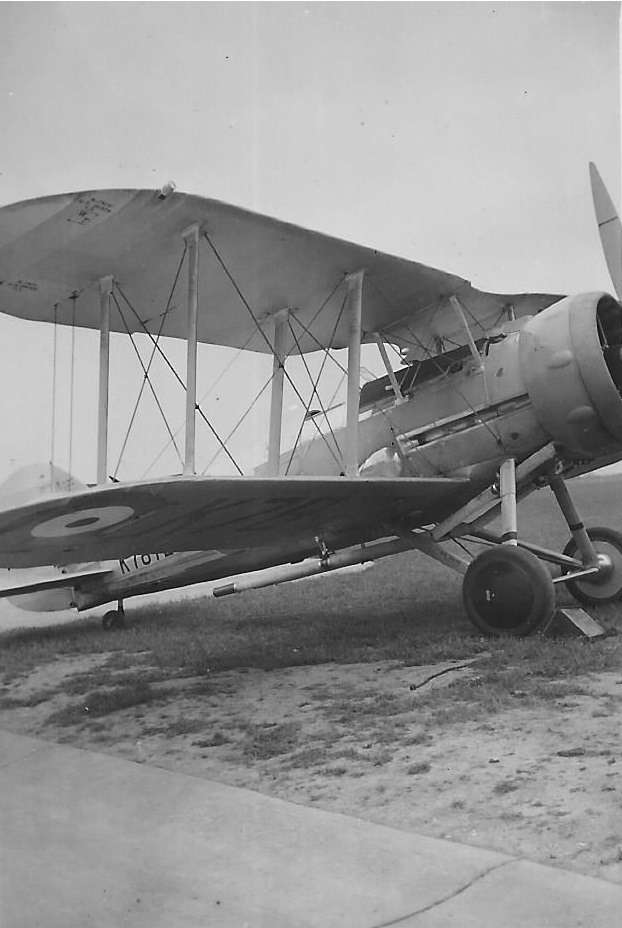 |
| A Gauntlet of No 66 (F) Sqn, RAF Duxford 'A' Flt with long exhausts for Hendon smoke display 1937 |
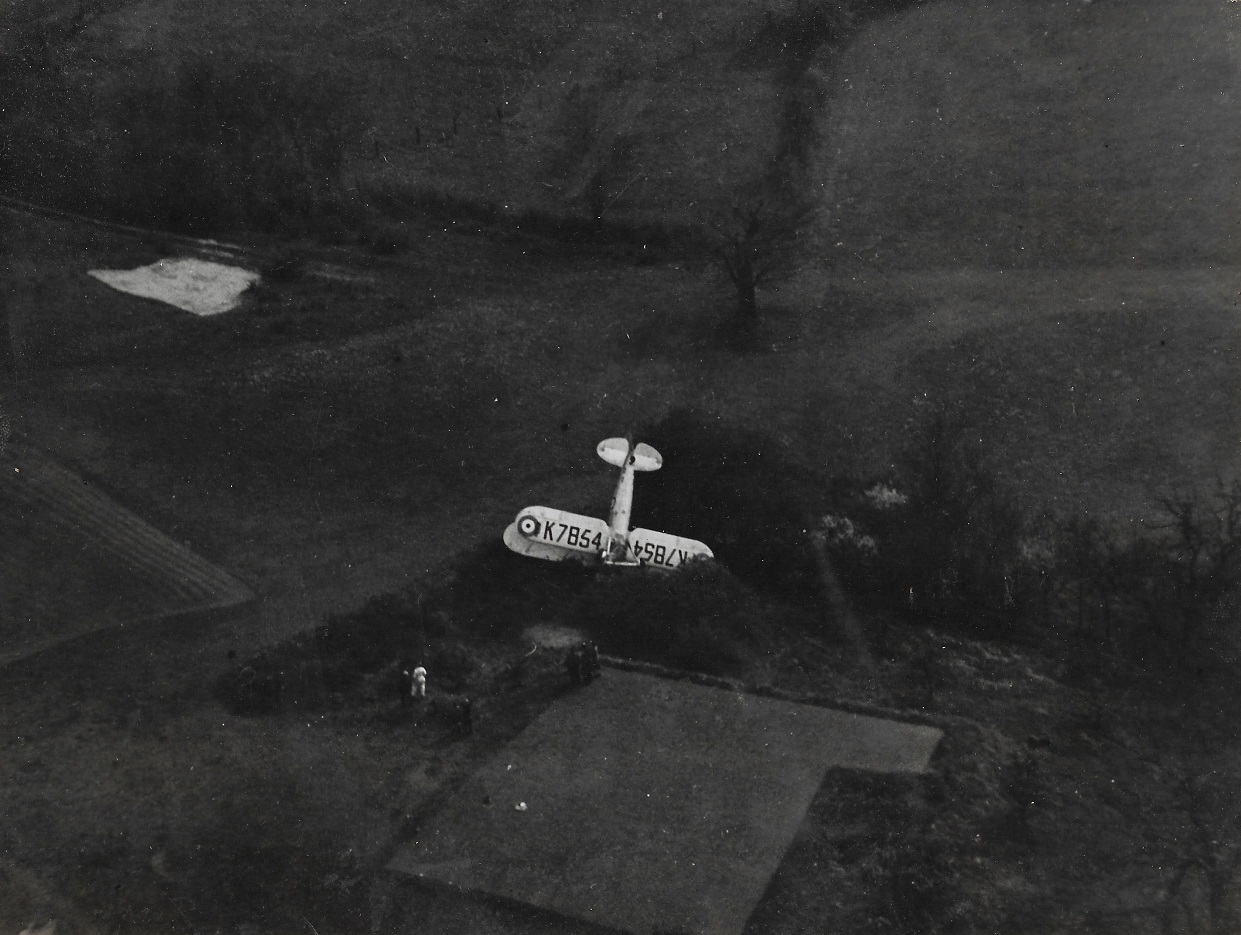 |
| An aerial photo of
the night time forced landing, made by Sgt Green in Gauntlet, K7854
on on Eaton Golf Links, Norwich. Photos Courtesy of Roy Green's nephew, Les Green |
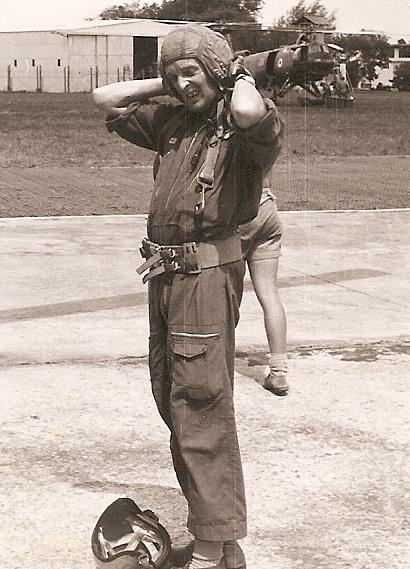 |
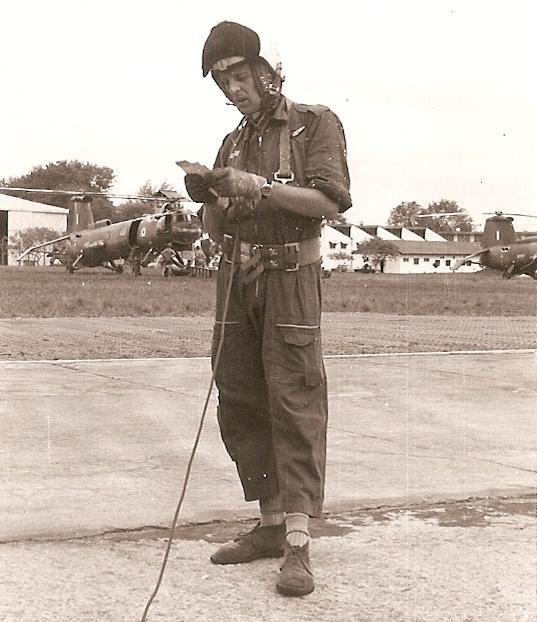 |
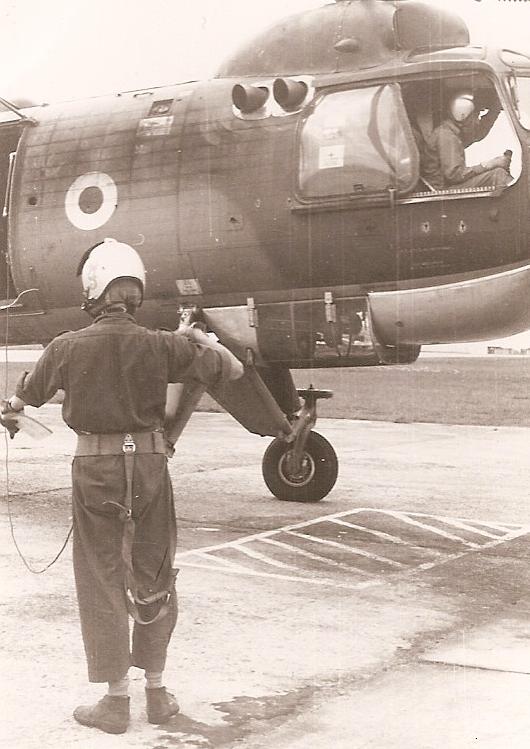 |
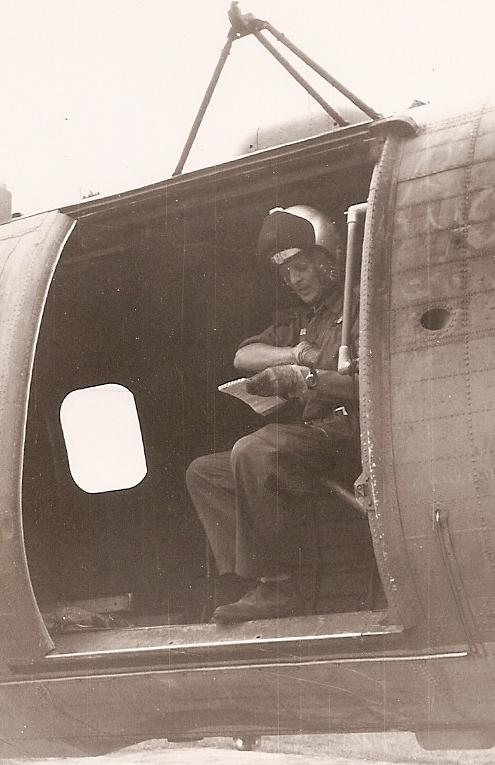 |
| Crewman of No 66 Sqn preparing for a flight | |
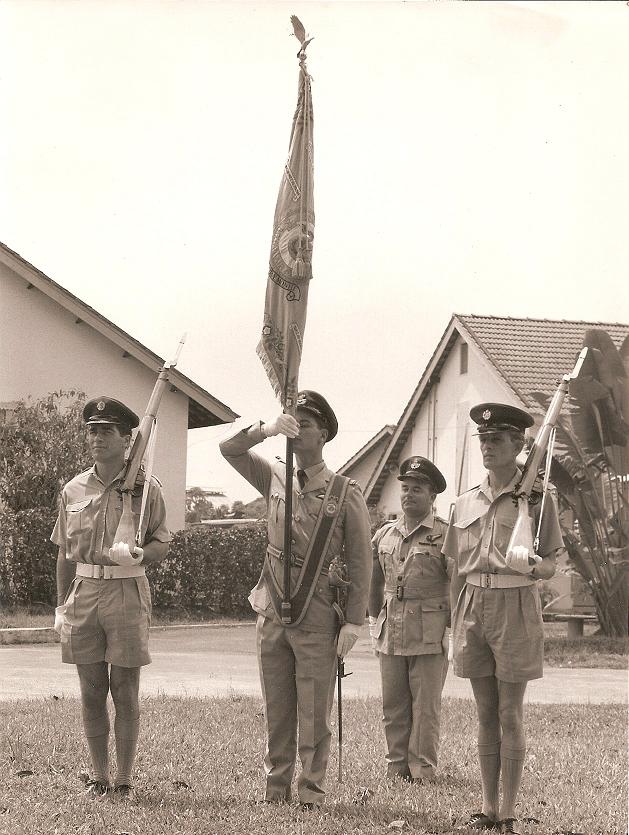 |
|
| Parading the Standard of No 66 Sqn | |
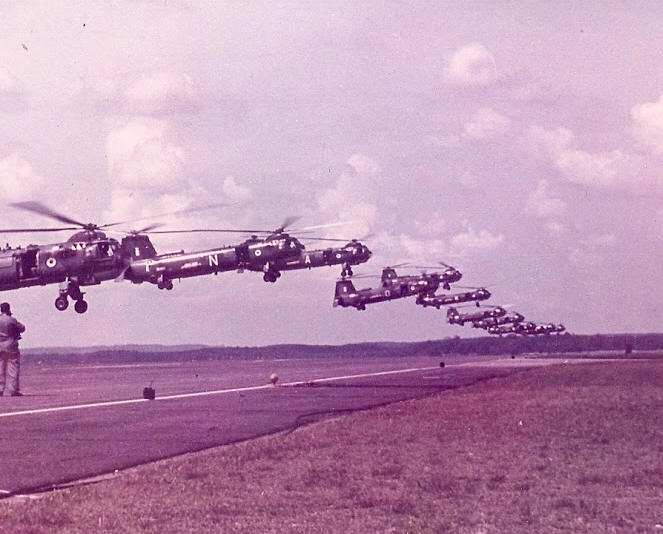 |
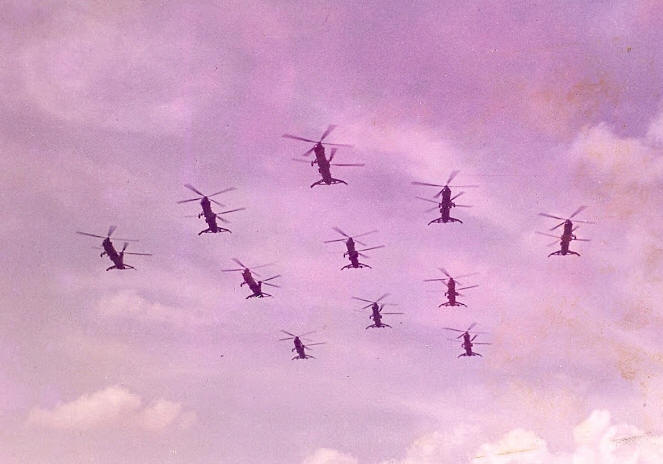 |
| Belvederes of No 66 Sqn,
probably at RAF Seletar shortly before the squadron disbanded Photos courtesy - Gus Strang |
|
| Standards | Battle Honours* |
|
? |
Western Front, 1917: Arras 1917: Messines, 1917: Ypres, 1917: Italian Front & Adriatic, 1917-18: Channel & North Sea, 1939-44: Dunkerque: France & Low Countries, 1940: Battle of Britain 1940: Home Defence, 1940-44: Fortress Europe 1940-44: Dieppe: Normandy, 1944: France & Germany, 1944-45: Walcheren. |
Squadron Codes used: -
| RB | Allocated during the Munich Crisis |
| LZ | Sep 1939 - 1945 |
| HI | 1946 - 1949 |
| LZ | 1949 - 1951 |
[Aircraft & Markings | Personnel, aircraft and locations | Commanding Officers]
 |
No 1 Squadron Australian Flying Corps left Melbourne in March 1916 for the Middle East and arrived in Egypt in April. Based at Heliopolis it carried out reconnaissance duties with a variety of types, but on 12 September 1916 it was renumbered as No 67 Squadron. From December it began to operate in support of ground forces operating in the desert and from September 1917 it began to standardise on RE8s with some BE12s and Martinsyde G100/102s. In January 1918 the squadron began to re-equip with Bristol Fighters and on 6 February it reverted to its original designation of No 1 Squadron AFC, effectively ending its service as a RFC/RAF unit. The squadron finally returned to Australian in March 1919.
The squadron reformed at Kallang in Malaya on 12 March 1941 and soon began to receive Buffalos, a type considered unsuitable for use in Europe, but suitable to bolster the poor defences of Singapore. In October, it handed its aircraft to No 488 Squadron RNZAF and moved to Burma, taking over Buffalos left by No 60 Squadron. In December 1941, the squadron operated in defence of Rangoon, but the shortcomings of the Buffalo were soon apparent and by February 1942 they had been replaced by Hurricanes. As the Japanese advance continued, the squadron was spilt up into small detachments and dispersed to various airfields, but by March it was no longer an effective unit. As groups of squadron personnel made their way back to India, they were sent to Alipore and by May sufficient aircraft and personnel has arrived for the squadron to form part of Calcutta's air defences. Escort mission to Dakotas over Burma began in June 1943 but it was back on defensive duties around Calcutta by November. Conversion to Spitfires started in February 1944 and in July it moved closer to the frontline and began offensive operations in support of the 14th Army. The squadron returned to Burmese soil on 1 January 1945 and it continued to attack Japanese targets until May when it ceased offensive operations, being disbanded on 31 August. No 67's final period of service began on 1 September 1950, when it was reformed as part of RAF Germany's fighter-bomber force at Gutersloh. Equipped with Vampire FB Mk 5s, it moved to Wildenrath, via Duxford, in May 1952, where it re-equipped with Sabres F Mk 4s a year later, reverting to the pure fighter role. A further move occurred in July 1955 to Bruggen, where in January 1956 the squadron converted to Hunter F Mk 4s but on 31 May 1957 the squadron was disbanded. |
Squadron Codes used: -
| RD | 1941 - 1945 |
[Aircraft & Markings | Commanding Officers]
 |
On 30 January 1917, a group of Australian personnel already in the UK were formed into No 68 Squadron at Harlaxton. Equipped with DH5s it moved to France in September, specialising in ground attack owning to the shortcomings of its equipment. The DH5s were replaced by SE5As in January 1918 and on the 19th of that month it was redesignated No 2 Squadron, Australian Flying Corps, effectively ending its career as an RFC unit. It gradually adopted a wider range of roles and continued to in these until the end of the war, after which it remained on the continent until disbanding on 18 February 1919. The squadron reformed at Catterick on 7 February 1941 in the night fighter role with Blenheims, which it took to High Ercall in April to commence operations. The squadron converted to Beaufighters the following month and in March 1942 it moved to Coltishall, where it remained for two years. Here it carried out both night interception sorties and daylight escort patrols for coastal convoys and from 1943, it began 'night ranger' patrols. In February 1944 the squadron moved to Coleby Grange but less than month later was at Fairwood Common and three months after that at Castle Camps. In October 1944 it moved back to Coltishall by which time it was equipped with Mosquitos (from July 1944), which it was now using against the V-1 flying bombs being used against Britain. With the threat from land launched V-1 removed as a result of the Allied advances on the continent, the Germans began launching them from Heinkel 111 bombers over the North Sea and for the remainder of its career it was involved in intercepting these aircraft. The squadron disbanded at Church Fenton on 20 April 1945. The squadron has since seen one other period of employment, beginning on 1 January 1952 when it was reformed at Wahn in Germany, once again in the night fighter role. Equipped with Meteor NF Mk 11s it moved to Laarbruch in July 1957 but on 20 January 1959, it was disbanded by being renumbered No 5 Squadron. |
 |
| Photo of the 'Moonrakers' aerobatic team of 68 Sqn at Wahn courtesy ©Trevor Charnley |
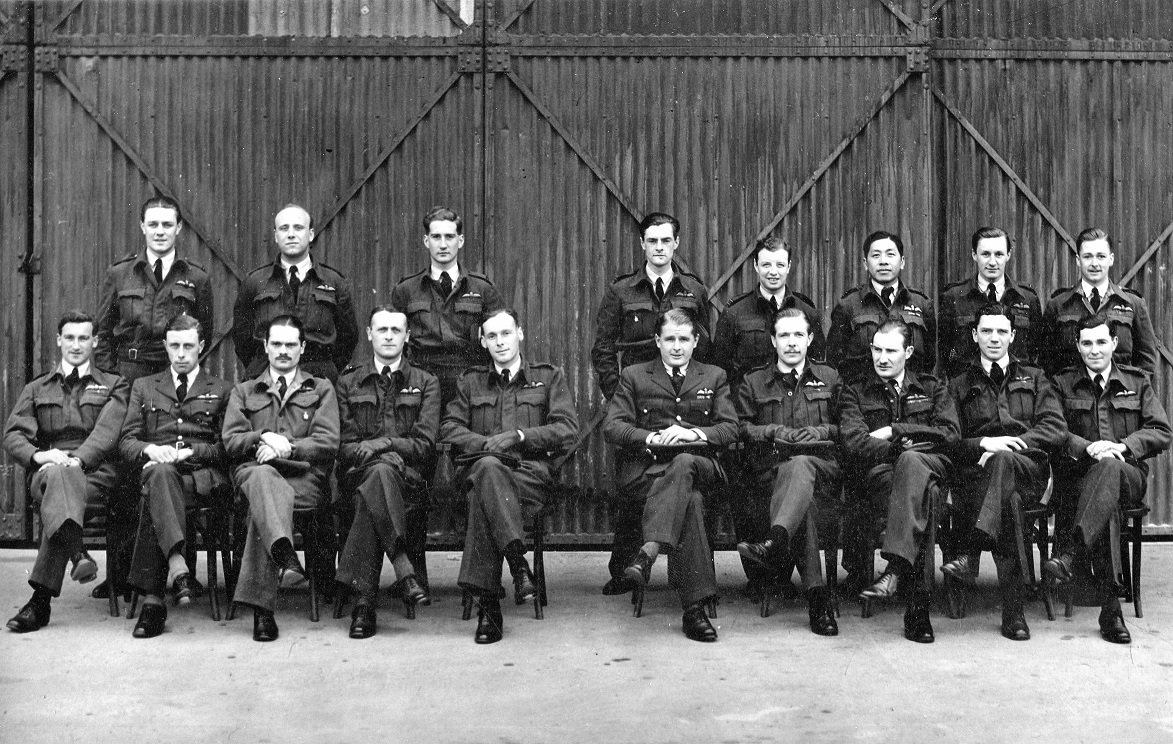 |
| Pilots of No 68 Squadron - 1942 |
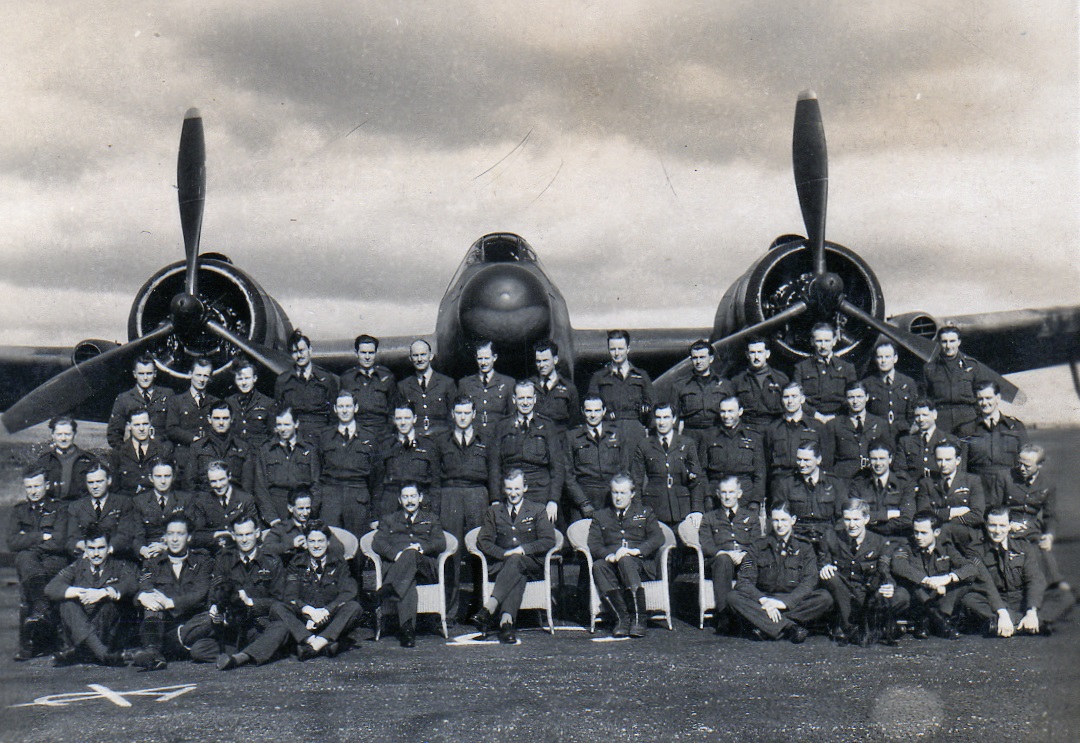 |
| Personnel of No 68 Squadron - 1942 |
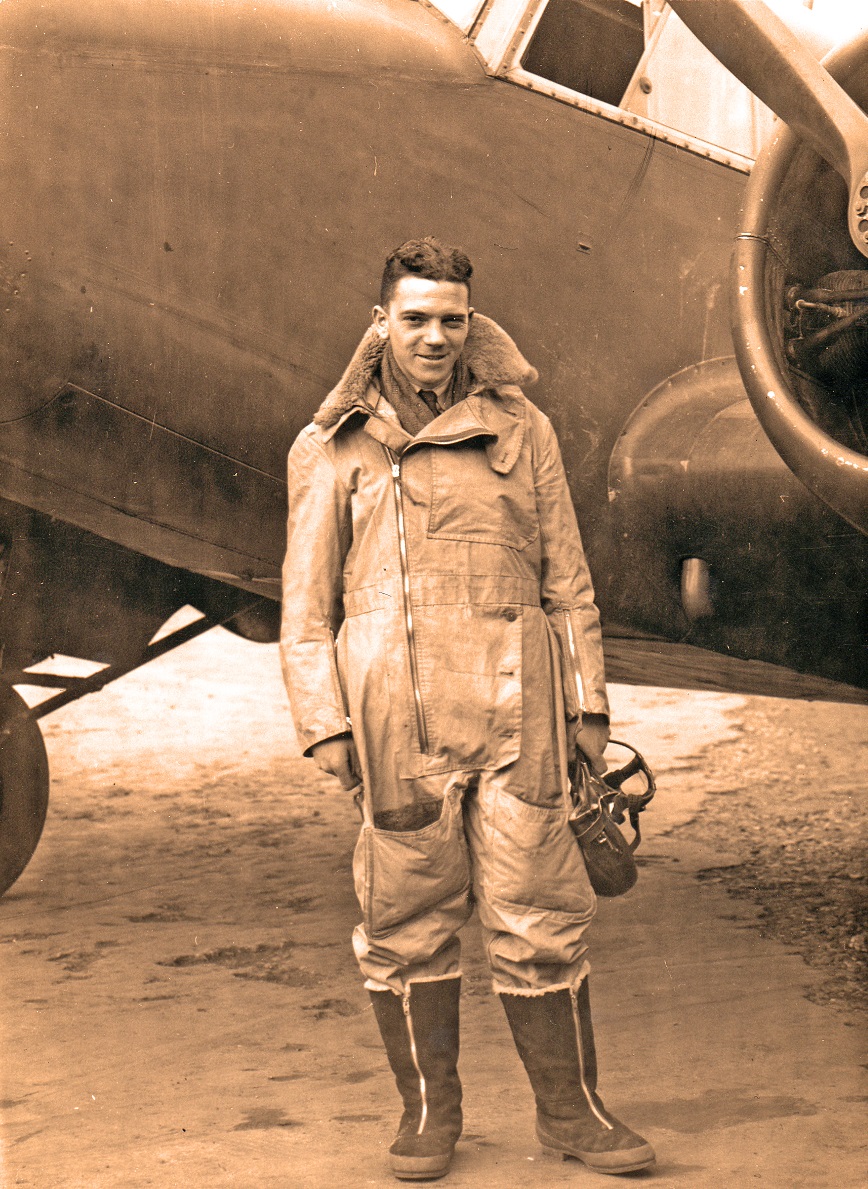 |
| Gilbert Wild in training Photos courtesy of Peter Wild, whose father, Gilbert was a member of the unit at this time) |
Squadron Codes used: -
| WM | 1941 - 1945 |
[Aircraft & Markings | Commanding Officers]
No 68 Squadron Association: - Mike Butt. E-mail: Mike-ButtATlineone.net
 |
Formed on 28 December 1916 from a nucleus of Australian personnel at South Carlton. It operated a variety of types as it worked up to operational status, which took nine months, eventually moving to France as a Corps recce squadron in September 1917. The squadron was re-designated No 3 Squadron Australian Flying Corps on 19 January 1918, effectively ending its career as an RFC unit. No 431 Flight in Malta had been formed to operate Maryland aircraft in the strategic reconnaissance role in August 1940 at North Coates but transferred to the island in September. However, on 10 January 1941, the Flight was raised to squadron status as No 69 Squadron. It operated across the whole Mediterranean area from Italy in the North to Libya in the South and gradually collected a wide range of types for the role. These included Hurricanes, Spitfires, Beaufighters, Mosquitos, Baltimores and Wellingtons. Some of these type also undertook more anti-shipping and anti submarine patrols. However, in April 1944 the squadron was transferred back to the UK, where it joined No 34 (PR) Wing of 2nd TAF. It was now equipped purely with the Wellington XIII and undertook the unique task of night reconnaissance, using flares, starting on the night of 5 June. In September the squadron moved to France and continued to be the only squadron carrying out these duties until VE-Day. Following the end of hostilities the squadron undertook surveys of Scandinavia, being disbanded in Denmark on 7 August 1945. The following day No 613 Squadron was re-numbered 69 at Cambrai, being equipped with Mosquito VIs, however seven months later, on 31 March 1946, the squadron was disbanded; still at Cambrai. A new No 69 was formed on 1 April 1946 when No 180 at Wahn was re-numbered. It still operated Mosquitos but now in the light bomber role. Again just over a year later, 6 November 1947, the squadron disbanded, having relocated to Tangmere for a month (April/May 1947) at Wahn. No 69's final incarnation, so far, began on 1 October 1954 as a Canberra reconnaissance unit at Laarbruch, where it remained until 1 April 1958 when it was re-located to Luqa in Malta, being disbanded there on 1 July 1958 by being re-numbered No 39 Squadron. |
Squadron Codes used: -
| MJ | Allocated Apr - Sep 1939 |
| W1 | Aug 1945 - Mar 1946 |
[Aircraft & Markings | Commanding Officers]
 |
Formed at Farnborough on 22 April 1916, it was equipped with Sopwith 1½ Strutters intended for the fighter role. The unit moved to France in Flights with 'A' Flight going in May, 'B' Flight in June and 'C' in July. It used its aircraft in the fighter role as this type was the first to be fitted with a synchronised machine gun firing through the propeller arc, but it also undertook reconnaissance and bombing sorties as well. Camels arrived in July 1917, thereby becoming the first RFC unit to re-equip with this type. It continued to operate in the fighter and later ground attack roles until the end of the war and remained on the continent until February 1919, when it was reduced to cadre. In September 1919 the squadron returned to Spittlegate, where it disbanded on 2 January 1920. Less than a month later on 1 February 1920, the squadron was reformed at Heliopolis in Egypt by renumbering No 58 Squadron. It was now a bomber-transport unit operating Handley Page O/400s and Vickers Vimys, although the O/400s were retired in April leaving just the Vimys which continued in use until replaced by Vernons in November 1922. The squadron was transferred to Iraq in December 1921, where it provide heavy transport facilities to both air and ground units through the 1920s and 30s. Victorias replaced the Vernons in 1926 and in 1928, the squadron was involved in the Kabul airlift. Valentias replaced the Victorias in November 1935 and in August 1939, it returned to Egypt. With the Italian declaration of war in June 1940, the Middle East found itself desperately short of 'heavy' bombers, so in September Wellingtons began arriving and by the following month the last Valentia had gone and the unit was now a pure bomber unit. It began night operations on 18 September 1940 and operated throughout the remainder of the North African campaign against targets in Libya, Italy, Greece and later Tunisian. During 1941 it also operated in Iraq, 'The Battle of Habbaniya' and Syria. With the collapse of Axis resistance in North Africa and invasions of Sicily and Italy, the squadron moved to the Italian mainland in December 1943. It operated from the airfields in the Foggia area until the end of the war carrying out operations against targets in Italy and the Balkans. Its Wellingtons were eventually replaced in January 1945 and with these it added minelaying operations over the Danube and re-supply missions to Yugoslav partisans to its list of duties. With the war over, the squadron returned to Egypt in October 1945 and disbanded on 31 March 1946. Two weeks later on 15 April, No 70 Squadron was reformed by renumbering No 178 Squadron at Fayid, equipped with Lancasters but on 1 April 1947, it was disbanded again. The squadron surfaced again just over a year later, on 1 May 1948, when No 215 Squadron was renumbered. It was now engaged on its original duties, transport, being equipped with Dakotas. The squadron has remained a transport unit until the present day, receiving Valettas in January 1950. |
| With the withdrawal of British bases in the Canal Zone of Egypt, No 70 re-located to Nicosia in Cyprus in 1955 and the following year converted to the Hastings, which were used during the Suez Crisis after which it continued to provide transport cover for the Middle and Near East areas. In November 1967 the squadron received Argosies but from November 1970, Hercules began to arrive, although it was 1973 before the final Argosy left. With the rundown of Britain's overseas bases, it was decided to bring No 70 back to the UK, the first time it had served here since 1919, in January 1975. It continued to operate from RAF Lyneham in Wiltshire as part of the RAF's Hercules Wing until finally be disbanded on 8 September 2010. It stood up in an administrative and engineering capacity on 1 October 2014 in preparation for the arrival of the A400M Atlas in July 2015, when the squadron was formally reformed. | |
| Standards | Battle Honours* |
| Award of Standard originally announced on 7 Sep 1943,
effective 1 Apr 1943 but
presented:- lst - 16 July 1955 2nd - 3 May 1984 HRH The Princess Anne. |
Western Front,
1916-1918: Somme, 1916: Arras:
Ypres, 1917: Somme, 1918: Mediterranean,
1940-1943: Egypt & Libya,
1940-1943: Greece, 1940-1941: Syria, 1941: Iraq,
1941: El Alamein: North Africa,
1942-1943: El Hamma: Sicily, 1943: Italy,
1943-1945: Salerno: Anzio & Nettuno: Gustav Line: Gothic Line:
South East Europe, 1944-1945:
Kurdistan, 1922-1924: Iraq, 1928-1929: Kurdistan, 1930-1931: Northern Kurdistan, 1932: North West Frontier, 1937: South Atlantic, 1982: Gulf, 1991: Iraq 2003-2011: |
Squadron Codes used: -
| DU | Allocated during the Munich Crisis |
 |
 |
 |
| Vernon II, J6868 of No 70 Squadron |
 |
| A Vernon of No 70 Squadron These photos are from the collection of Air Commodore (then a Plt Off/Fg Off) D W F Bonham-Carter CB, DFC courtesy of his grandson, Jim Cownie |
 |
 |
 |
| Photographs of a Victoria of No 70 Sqn and a crashed Wapiti of No 55 Sqn (photos - courtesy of Jim Wyse) | ||
 |
| Vickers Victoria of No 70 Squadron Photograph courtesy of ©Bill Lewry from the collection of his late father, Joseph Lewry. |
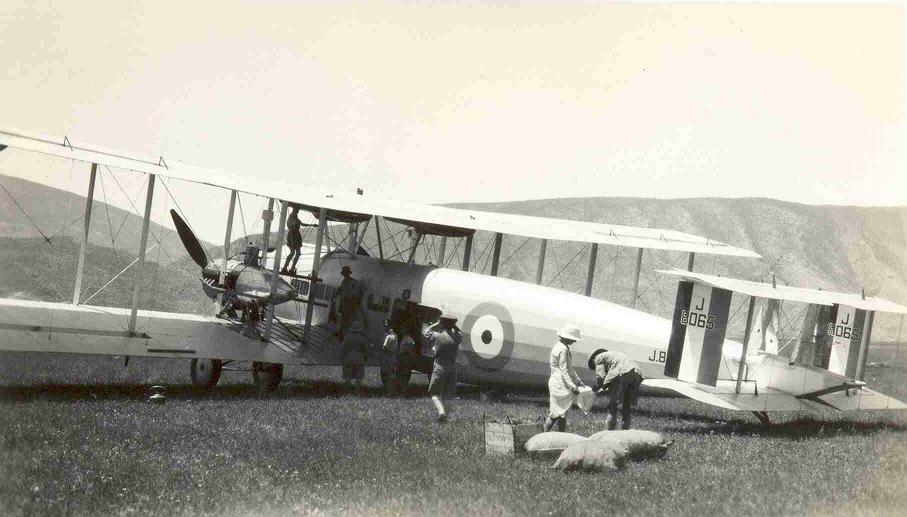 |
| Vickers Victoria, J8065 of No 70 Squadron on
the ground at Ruwanduz in Northern Iraq. The officer cleaning oil from
the dress of Sadie Chapman-Andrews is
Sqn Ldr E J Cuckney Photograph courtesy of ©David Chapman-Andrew from the collection of his late father Edwin A Chapman-Andrews |
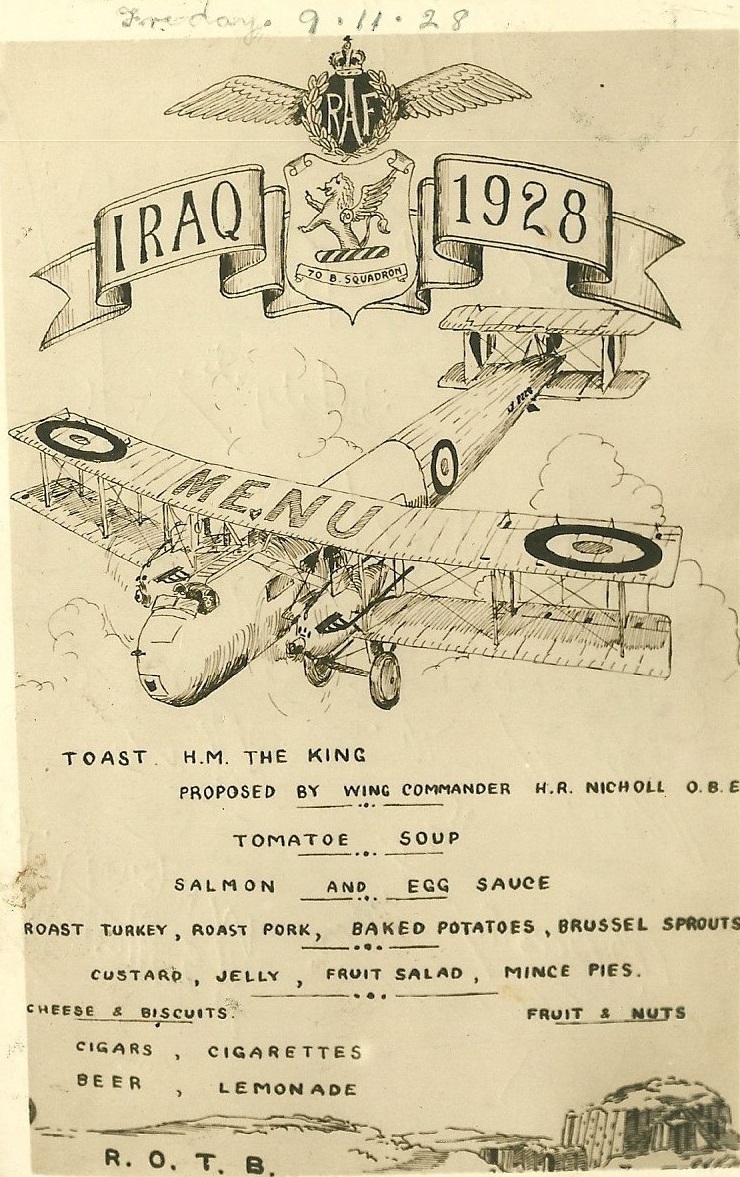 |
| A menu from a 70 Squadron dinner held on 9
November 1928. (ROTB at the bottom means 'Roll On The Boat', referring
to the anticipated return to the UK by all personnel serving in Iraq) Courtesy of Gus Sheridan from the collection of his late uncle who was serving with the unit at the time. |
| No 70 Squadron Tribute Site |
[Aircraft & Markings | Personnel, aircraft and locations | Commanding Officers]
*Honours in Black are those the squadron has a been granted the right to emblazon on the Squadron Standard, but does not do so.
Honours in Red are those actually emblazoned on the Squadron Standard
Honours in Blue are those the squadron has not been granted the right to emblazon on the Squadron Standard
Squadron badge image on this page is courtesy of Dave Clifford except No 67 Squadron, courtesy of RAFHT.
© Crown Copyright is reproduced with the permission of the Directorate of Intellectual Property Rights
This entry was last updated on 13/05/25©
![]() Organisational
Index
Organisational
Index ![]()